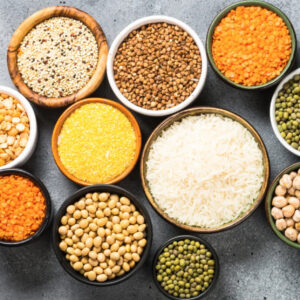
SIX NATIONS — Due to the isolation and social distancing period, many Six Nations members may find themselves with a lot of time to spend.
This was the case for Michael Hill, the education policy and research analyst for the Six Nations Education Coordination Office, who decided to spend his time productively by turning tree sap into syrup and pine nettles and fruit into tea.
Hill, a member of the Wolf Clan, Cayuga Nation explained that he will be working from home for the net three weeks.
“I was starting the collecting and making maple syrup process before the official three weeks self-isolation period,” said Hill. “However, when I was told to work from home, I took it as an opportunity to actually get to focus on making syrup all day, while still going back to the bush and collecting more sap water. This is my first time making maple syrup by the way and I feel lucky to actually get to focus on it while I’m at home.”


He later realized that he could make more teas than syrup during the isolation period and went foraging for cedar and white pine. He added fresh berries to create “pretty delicious, traditional teas.”
Cedar is a traditional and medicinal plant to the Haudenosaunee and other indigenous nations, and has been used to treat fevers, chest colds, and flu-like symptoms. It also contains a large amount of vitamin C. While Pine is also a staple to the Haudenosaunee, as the needle tea contains high levels of Vitamin A, which is good for your eyesight, improves hair and skin regeneration and improves red blood cell production. It can even be used as an expectorant for coughs and to help relieve chest congestion; it is also good for sore throats.
But Hill said that what got him to take the initiative to forage wasn’t just the medicinal benefits.
“What really sparked all of this is sustainability and self-sufficiency,” he said. “This is a pretty unique opportunity to learn as much as you can about our culture and how we managed through similar situations in the past. I think what people need to realize is how dependant we are on western conveniences and learning traditional hunting, cooking, gathering methods can really make a difference in times like these. Also how much our habits have an impact on Mother Earth and we are seeing her healing herself while people are producing less and again, self-sufficiency and sustainability go hand in hand as it doesn’t impact as much.”
As for anyone wanting to make some too, Hill said that he doesn’t have a precise recipe to share, as he said “nobody taught me how to make these teas, I just wanted to see what the flavours would be like together and they turned out better than I thought.” But if anyone is looking to make some he said:
“I just made sure that the sap water was boiled down enough to a slightly darker colour than it is from the tree and has a noticeable sweeter flavour. Which I would then add the cedar or pine and boil for about 5-8 minutes. The sweetness of the sap creates a nice balance between the two flavours — cedar and strawberry or pine and blueberries — so the cedar or pine isn’t too overbearing. I never added the berries in the boiling process, I would add them in my cup,, but if you wanted to, I’d suggest doing it near the end of boiling the cedar and pine. This is all preference & strength of tea depends on how long you boil the cedar and pine/berries for.”
He still wanted to emphasize the cultural importance of giving back if you take.
“I just wanna stress the importance of giving thanks, offering tobacco when collecting and using these medicines and that people aren’t picking them as they please,” he said.
He also wants to note that when it comes to making cedar or pine tea, he was told not to drink more than a cup a day or it can be harmful to the body. He also does not sell the teas as he doesn’t feel that it is his place to do so, but will be sharing his haul with family members and friends.











